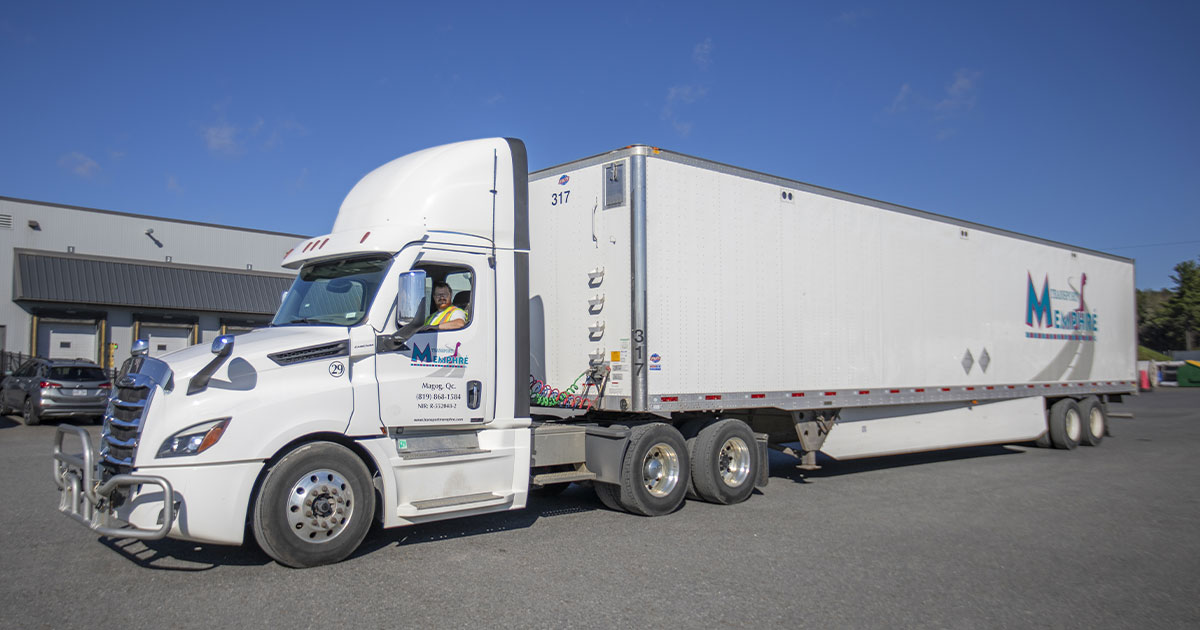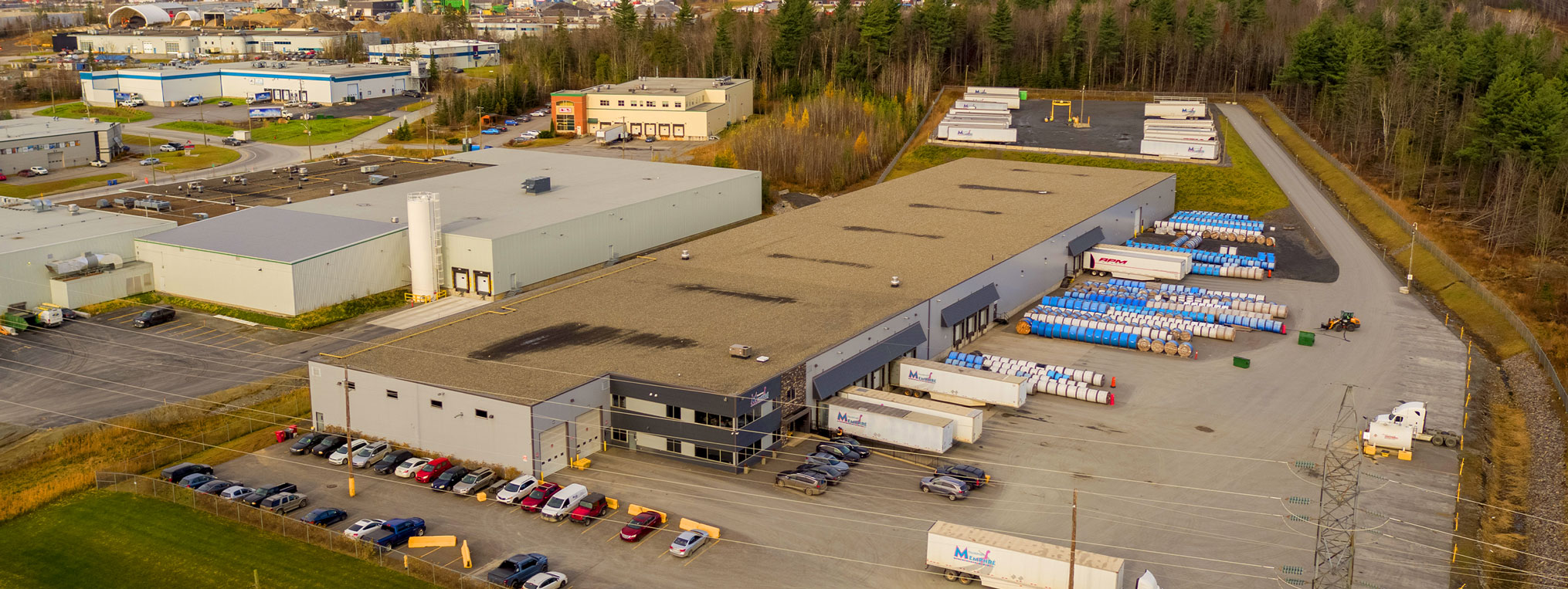
08 May Aiming for Greater Sustainability in Transport Logistics
There’s no denying it—transportation is energy-intensive. Yet it remains essential and inseparable from a healthy, dynamic economy. It connects businesses and ensures that consumers receive everything they need on time, including vital goods like food. That said, the industry is not exempt from making greater efforts to reduce its energy consumption. Fortunately, many solutions already exist. Sustainability
Optimize Fuel Consumption
Transportation relies heavily on fuel, making it the main lever for reducing greenhouse gas emissions. Here are some concrete actions to take.
Optimize Routes
Using route management software helps reduce unnecessary trips and empty mileage. Trips can be planned to minimize fuel use and travel time. Most importantly, it avoids return trips with empty loads, improving the overall efficiency of logistics.
Consolidate Freight
Sharing cargo space with other businesses reduces the number of vehicles on the road and, consequently, CO₂ emissions.
Train Drivers in Eco-Driving
Responsible driving can save up to 15% in fuel. Maintaining a steady speed, avoiding sudden braking, and using air conditioning wisely can significantly reduce a vehicle’s carbon footprint.
Maintain Vehicles to Reduce Consumption
Regular fleet maintenance helps prevent excessive fuel use. Checking tire pressure, optimizing engines, and reducing unnecessary weight are simple yet effective steps. By enforcing strict procedures for both periodic and daily inspections, companies can notably shrink their ecological footprint.
Switch to Clean Vehicles
Though a significant investment, fleet electrification is the next logical step toward sustainable transport. Gradually replacing trucks with electric, hybrid, or natural gas models will drastically reduce the sector’s overall energy consumption.
Modernize Infrastructure and Digitize Processes
Warehousing accounts for a substantial portion of energy use in the logistics chain. Thankfully, several cost-effective measures can improve environmental performance.
Make Warehouses Greener
- Large, well-exposed rooftops are ideal for solar panel installation and optimal energy generation.
- Replacing fluorescent or incandescent lighting with LED systems reduces consumption and improves light quality. LEDs also generate less heat, which can decrease cooling needs during hot weather.
- Installing motion sensors prevents lights from running continuously.
- Improving thermal insulation and conducting regular checks on heating and cooling systems is one of the most impactful changes you can make.
Choose Eco-Friendly Packaging
- The transportation industry also generates a lot of waste. Choosing recyclable packaging materials is a great way to reduce your company’s ecological impact.
- Avoiding over-packaging—such as oversized boxes or excessive plastic wrap—is another effective way to reduce environmental harm.
Other Actions to Reduce Environmental Impact
Go Paperless
Switching to digital solutions saves time and reduces the environmental impact of administrative tasks.
Raise Awareness Among Employees and Clients
Getting all stakeholders on board is key to a successful green transition. Open communication about the efforts being made and the goals achieved helps reinforce your company’s image as a responsible player.
Conclusion
Sustainability is everyone’s responsibility. Every partner in the transport logistics chain plays a crucial role in building more responsible and sustainable solutions. At Memphré, we’re fully committed to this goal. We’ve already implemented several initiatives and continue to introduce new ones as we grow—because we believe that ecology and economy go hand in hand. That’s how we define our impact on our partners and the planet.

